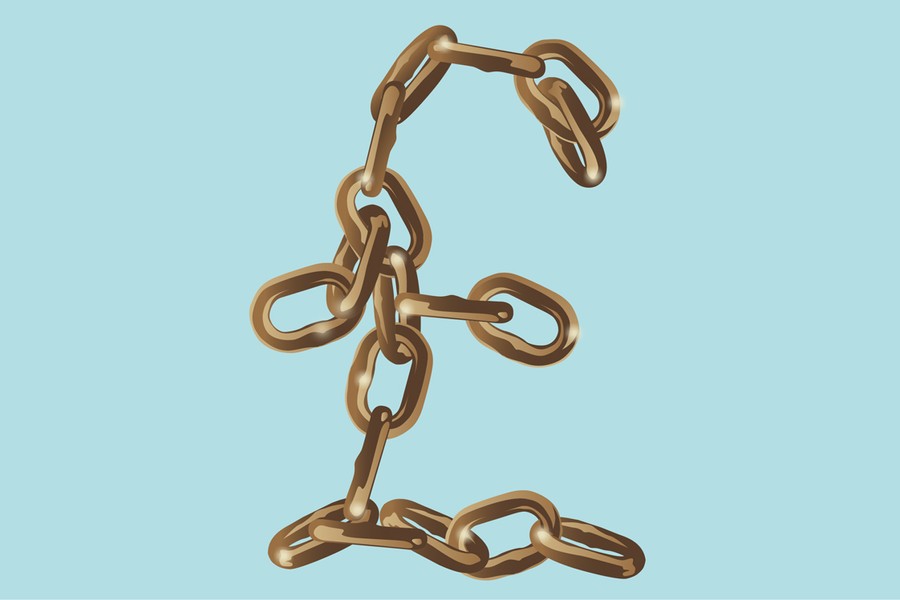Inflation-linked bonds, often called ‘linkers’ are so called because their capital and coupon payments are linked to the Retail Price Index or (RPI), which is a measure of consumer inflation. This linkage is calculated by dividing the RPI at the date of the creation of the linker into the RPI, typically three months before the linker expires on its ‘maturity’ date.
A first read of that paragraph might have you thinking that if inflation goes up then so should the price of linkers. History will show you that this is not always the case. And that’s because getting linkers right as an investor is all about understanding what inflation expectations are baked into the price. The crux of why linkers are currently potentially attractive is because their prices are based on what expectations about inflation are today, rather than the most recent inflation rate.
For example, if a linker is predicting inflation to be 5% for the next ten years, then that linker will do well or badly relative to conventional gilts (government bonds), depending upon whether inflation is above or below that 5% that’s baked into its price. That assumes that all other factors like interest rates stay unchanged. So for example, if inflation turns out to be 7%, the linker will perform well. But if inflation turns out to be 4% (albeit still a high rate of inflation) then the linker will disappoint.
Over the past two years linkers have underperformed conventional gilts by 13%.That’s a consequence both of interest rates going up but also of inflation expectations falling. The five-year / five-year inflation swap (“5Y5Y”) allows professionals to trade inflation expectations. The name means inflation for five years in five years’ time. It’s a good measure of long-term inflationary expectations which is what drives the prices of linkers.
A bond’s ‘duration’ is its average life measured in years. As an asset class, linkers have a longer duration than conventional gilts and this makes them more sensitive to interest rates. When interest rates go up, bonds fall and bonds with longer durations fall most. The reverse happens when rates fall.
As an asset class, linkers have a longer duration than conventional gilts and this makes them more sensitive to interest rates.
That 5Y5Y swap is now trading at 3.3% which is lower than where it was a few months ago. That said, please bear in mind that in 2030, the calculation methodology for RPI will change from arithmetic to geometric. The effect of this is that RPI is expected to be 0.7% lower than it would have been otherwise. After 2030, RPI and CPI should have roughly the same long-term rates of inflation, which is not the case right now.
Even with the recent underperformance of gilts in mind, I am drawn to the view that the time has come to start looking at linkers again because the lower levels of expected inflation start to make them look attractive. If inflation starts being sticky at current levels, then this could well prompt a rise in inflation expectations and that would drive outperformance in linkers on a relative basis.
We are at a point in the economic cycle where linkers should once again be considered. We see comments from leading economists along the lines that they are worried that the Fed may turn too ‘dovish’ (i.e. favouring lower rates) too soon, allowing inflation to stop falling. Inflationary geopolitical risks abound. Forcing shipping to dodge the Red Sea is inflationary. Unexpectedly strong wage inflation and low rates of unemployment are also inflationary, as are the excess savings built up during Covid. There are good reasons to expect inflation to become more range bound in the future.





